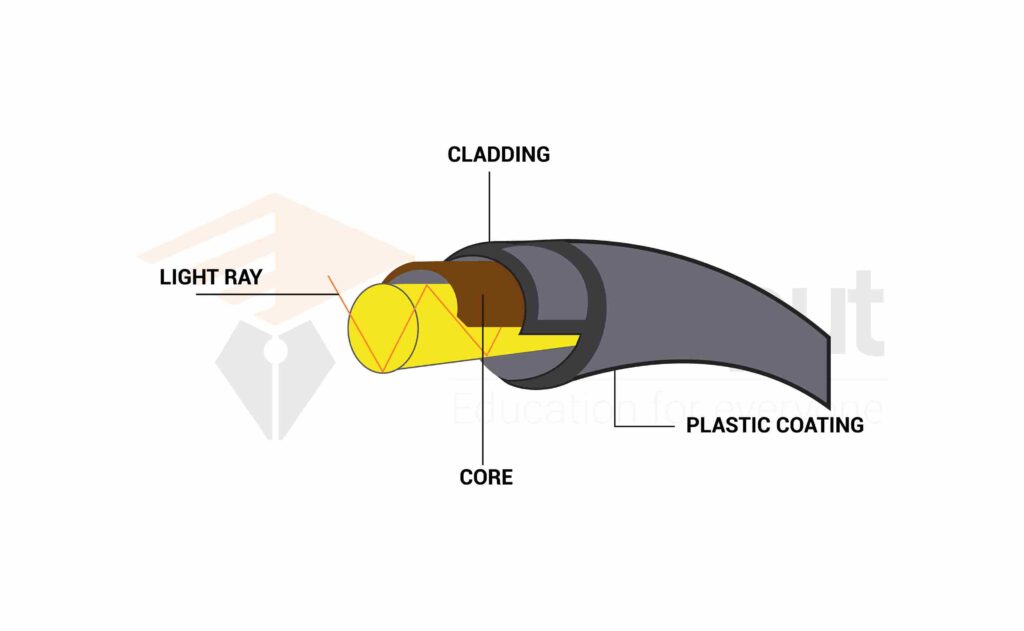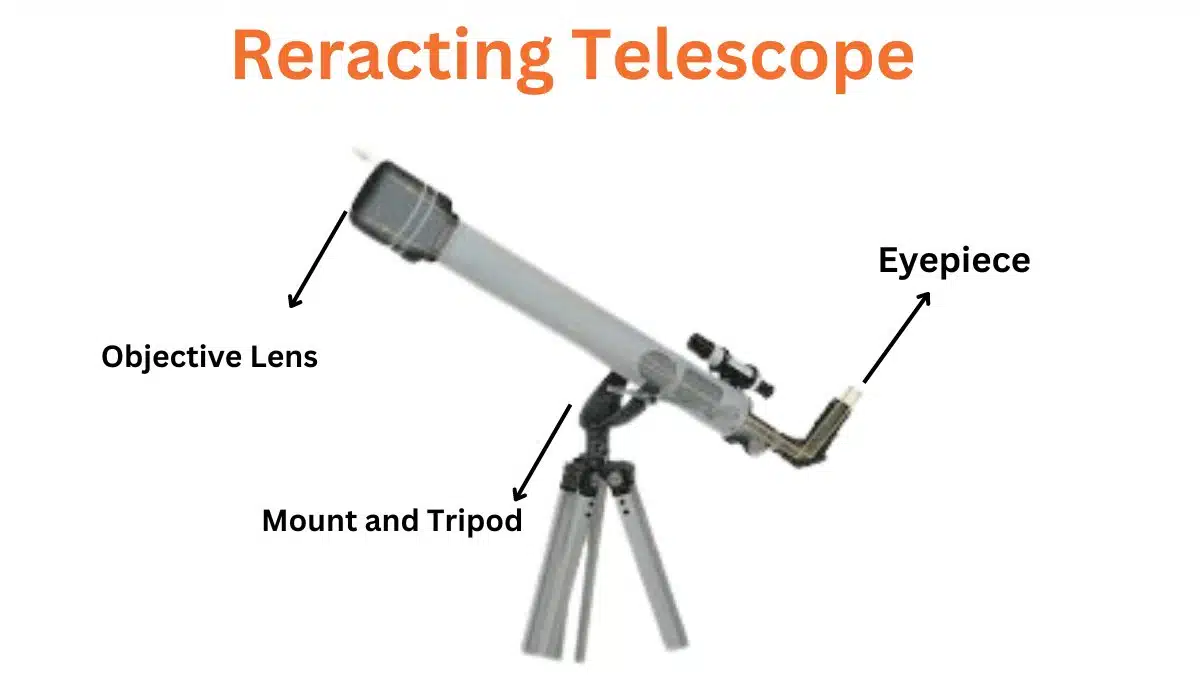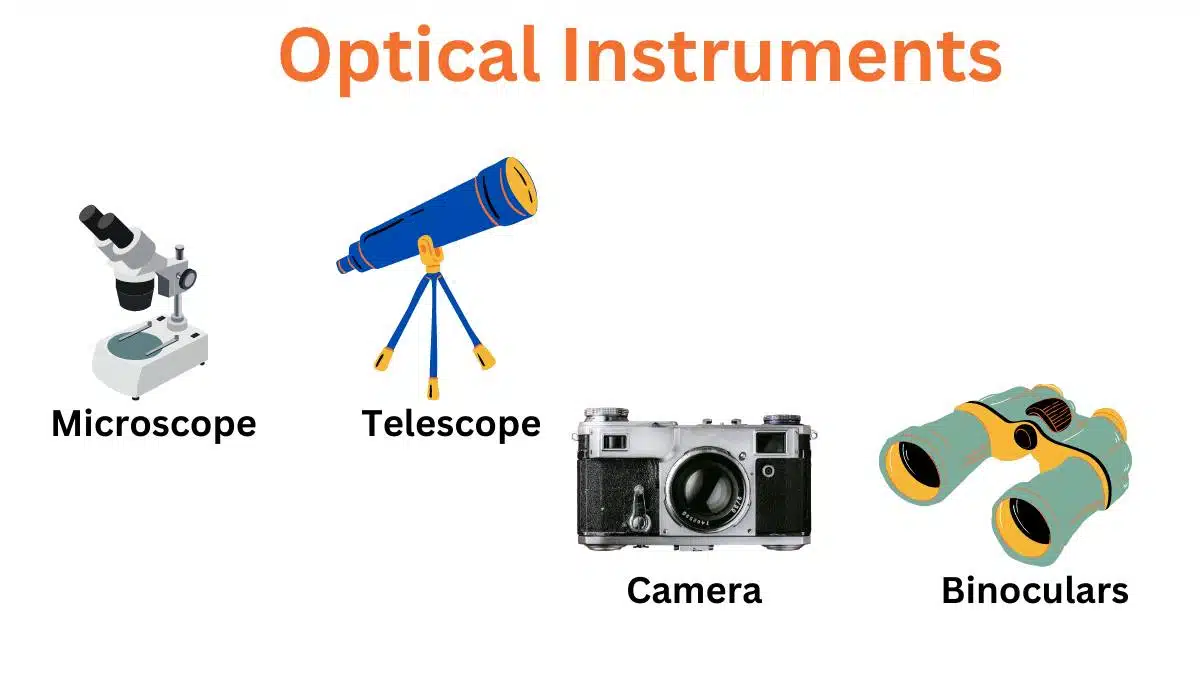Fiber Optics-Parts, Types, And Advantages
Fiber optics is the technology that transmits information as light pulses along a glass or plastic fiber. Optical fiber is used in signal transmission and conversion of sound.
Introduction to Fiber Optics
For hundreds of years, man has communicated using sunlight in days through reflection and fire signals at night.
Still, in the navy, the light signals are used as means of communication by using powerful blinker lights to transmit coded messages to other ships during periods of radio silence.
In the modern world, Graham Bell was the first person, who was able to transmit voice messages through a light beam from the sun which was modulation and focused on a selenium detector, hundred meters away from the source.
The machine designed for this purpose was named as photo phone.
Progress in light communication
The idea remained undeveloped for many years but in the recent past, the most modern technique used for the transmission of light is optical fiber communication.
The optical fiber consists of flexible solid glass or transparent plastic of hair-thin pipes.
Fiber Optics
Fiber optics is the technology that transmits information as light pulses along a glass or plastic fiber. Optical fiber is used in signal transmission and conversion of sound.

There is also power loss in optical fiber due to absorption, scattering, and dispersion.
Parts of Fiber Optics
A fiber optics cable essentially consists of three parts.
- Core
- Cladding
- Buffer Coating
Core
The thin glass center of the fiber is where the light travels. Core has a high refractive index.
Cladding
Outer optical material surrounding the core in which reflection of waves of light back into the core.
The refractive index of the cladding is always less than the core.
Buffer Coating
The plastic coating protects the fiber from damage and moisture. Hundreds of thousands of this optical fiber are arranged in bundles in the optical cable.
The bundles are protected by the cable’s outer covering, called a jacket.
Advantages of Fiber Optics
The use of light as the transmission carrier wave in fiber optics has several advantages over radio wave carriers such as:
- It has a much wider bandwidth capability.
- It is free from electromagnetic interference.
- It is used to transmit light around corners and into unapproachable places.
- The fiber optic system has much thinner and lightweight cables.
An optical fiber with its protective case may be typically 6.0 mm in diameter. In contrast to this, a copper cable of 7.62 cm in diameter is used to transmit the same amount of signals.
Band width: Information carrying capacity is called bandwidth.
Uses of Optical Fiber
- The use of fiber optic tools in the industry is now very common.
- Their importance as diagnostic tools in medicine has been proven like endoscopy.
- It is richly used in communication, such as it can transmit thousands of telephone conversations, several television programs including two-way programs, and numerous data signals between stations.
- An optical fiber system also allows the equipment to operate efficiently in word processing, image transmitting, and receiving.
Fiber Optical Principle
The fiber Optics Principle depends on the Propagation of light through fiber optics should be confined within the fiber. This may be done by two methods.
- Total internal reflection
- Continuous refraction
Types of Optical Fiber
There are three types of optical fiber that are grouped by the way they propagate light.
- Single mode step index fiber
- Multi-mode step-index fiber
- Multi-mode graded index fiber







Leave a Reply